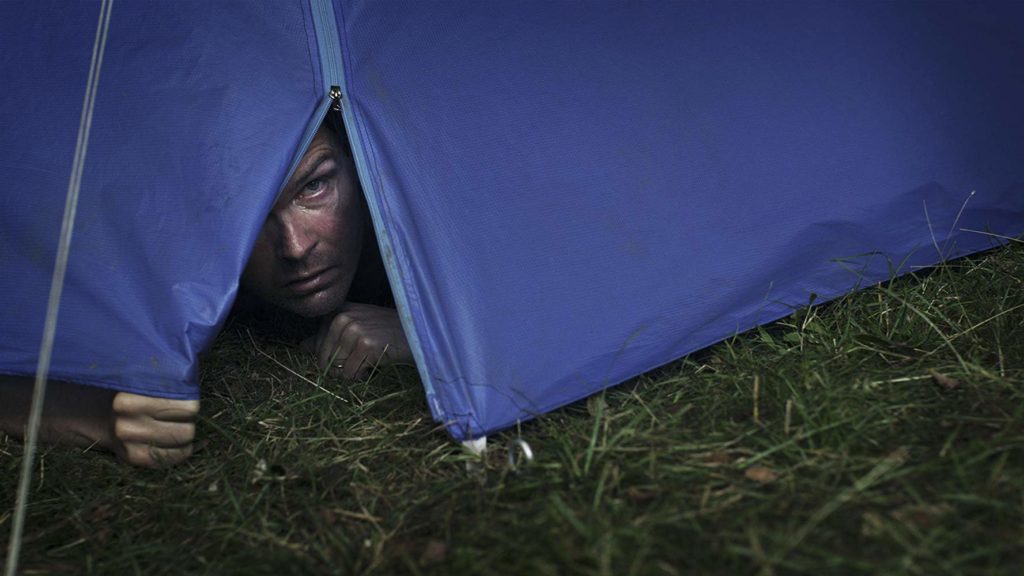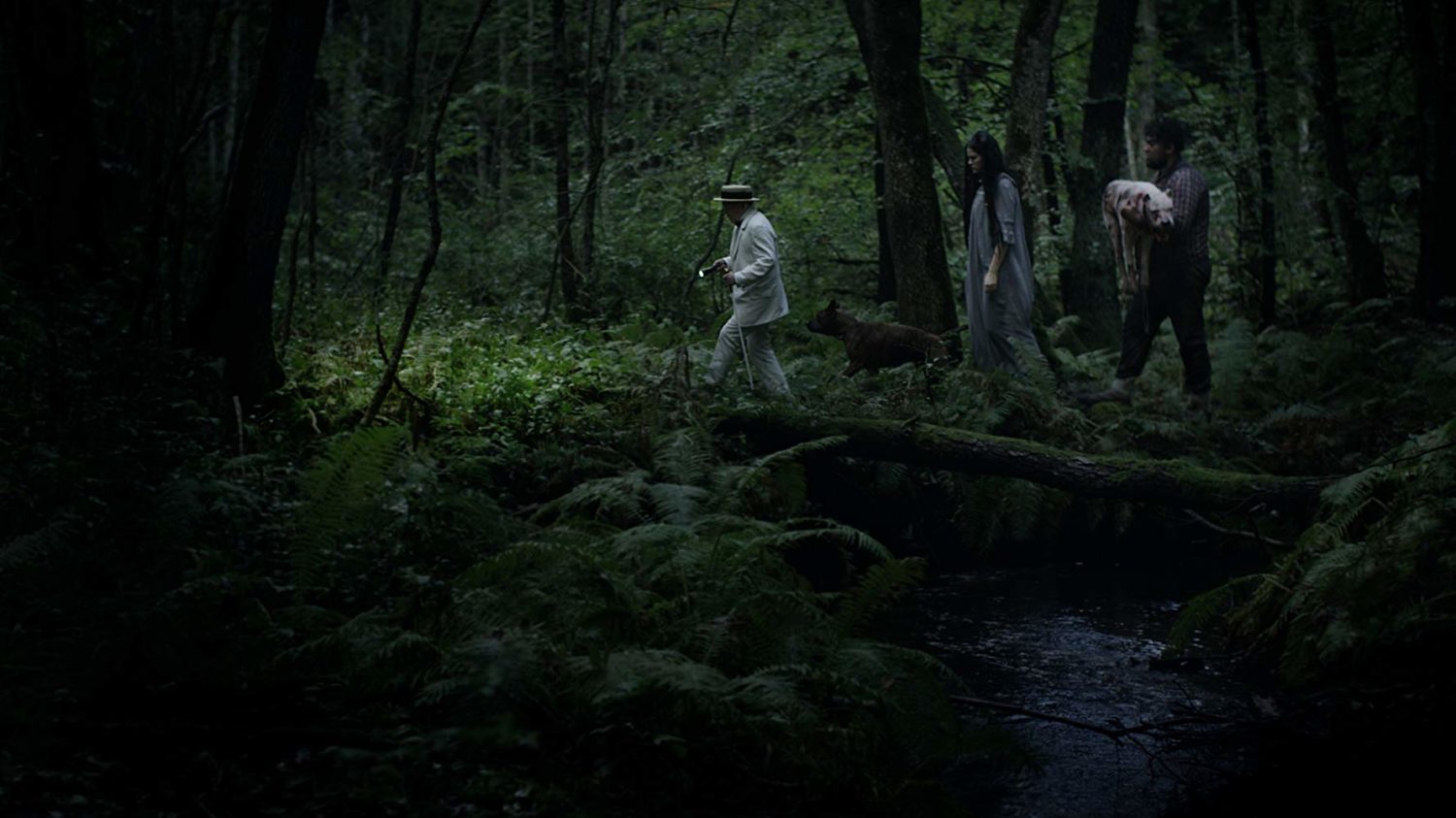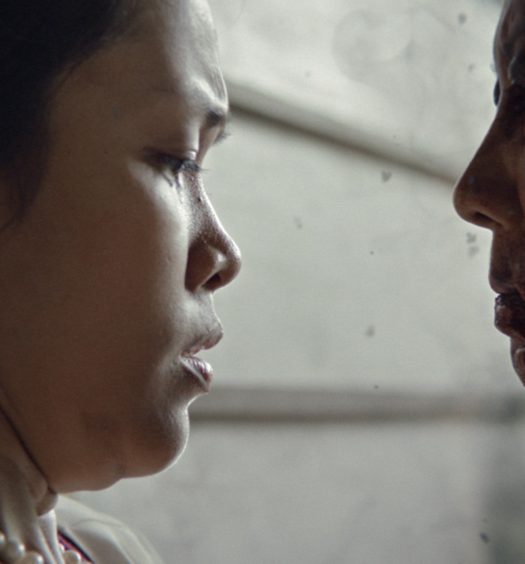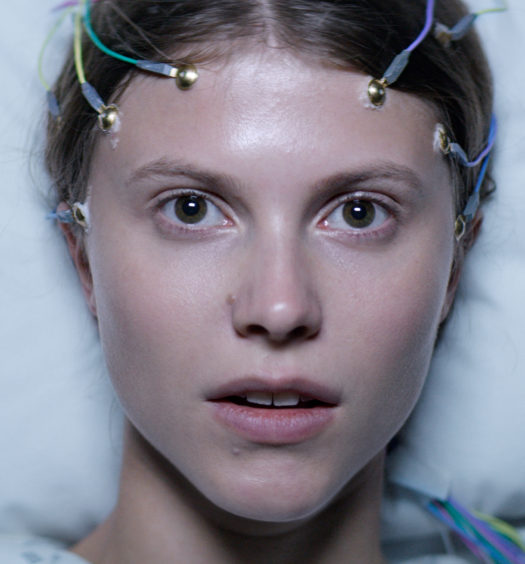On the eve of Fantastic Fest, I had the opportunity to discuss Koko-di Koko-da (see our review of the film here) with director Johannes Nyholm. Our conversation touches on the inspirations for the film, its lengthy creation process, and the frightening characters lurking within.
Can you tell me about your cinematic influences? Koko-di Koko-da seems to have elements reminiscent of the works of directors like David Lynch and Michael Haneke.
There are not so many clear cinematic references for me, but I can certainly see that it’s related to other directors’ work from that perspective. For me, I’m more inspired by old fairy tales that I heard when I was a kid, and dreams or things I experienced in my real life.

the scariest part of it is that you don’t understand why they’re doing what they’re doing.
Are the song and the trio of antagonists from your own imagination, or are they pulled from traditions or folklore of Sweden?
There’s not any famous folklore behind them, but they do exist. I’ve seen these characters myself, though I don’t know if anyone else has experienced them this way. One of the most tricky parts of telling stories is to build believable myths. You want to create the feeling that the characters exist for real. That’s what I’m trying to do in the film as well—to give the characters an iconic status, so that you feel that they are a pure energy that you can’t object to. You have to believe them.
I’ve been a horror film fanatic for most of my life, so it can be difficult to scare me these days. Something about these characters is extremely frightening, because they’re not completely of this world, but they’re not completely otherworldly either. They’re believable, but they seem to carry a malevolence as well. The sequences with them really stuck with me.
They’re very reactionary. I think the scariest part of it is that you don’t understand why they’re doing what they’re doing. They don’t have any clear motive. They are totally irrational. They’re more like a force. You can’t explain or do anything about it. It’s just there.
To me they seemed almost like a personification of grief, and of what causes us to experience grief. So much in our mundane life is outside of our control, and doesn’t seem to have a sense of reason. It almost seems like that’s how our antagonists were operating.
Oh yes, I agree totally.
Continue reading on the next page…
Page 1 2































